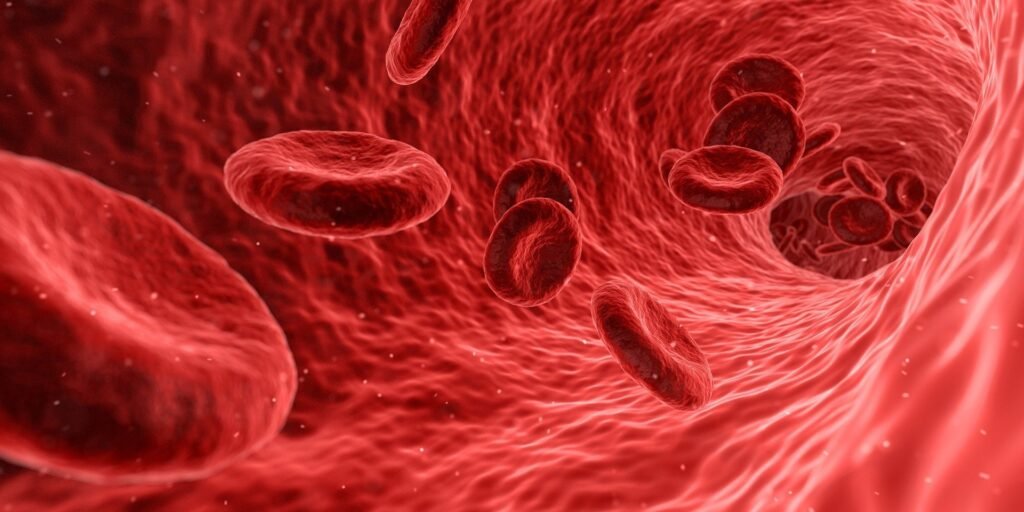Platelets play a crucial role in the body’s ability to form blood clots and stop bleeding when the skin is cut or damaged. These tiny cell fragments circulate in the blood and rush to the site of injury, where they spread out to create a barrier that prevents blood from leaking out. As platelets accumulate and stack up, they form a blood clot that traps red blood cells and facilitates the smooth flow of blood through the vessels.
Recent research conducted by Thomas Jefferson University has shed new light on the mechanisms behind platelet spreading and clot contraction. Contrary to previous beliefs, the study revealed that these processes are controlled by different signaling pathways. Using human platelet-rich plasma, the researchers found that inhibiting certain signaling molecules blocked platelet spreading but not clot contraction, and vice versa.
Lead researcher Dr. Ulhas Naik emphasized the significance of this discovery, noting that it opens up possibilities for targeted treatments for both bleeding and clotting disorders. By understanding the distinct pathways involved in platelet behavior, researchers may develop therapies that can selectively inhibit either spreading or contraction, depending on the medical condition being treated.
For instance, in certain diseases, it may be beneficial to prevent clot contraction without affecting platelet spreading. This approach could allow for the dissolution of loose clots without causing excessive blood loss. Additionally, therapies that specifically block platelet spreading could be advantageous for patients with implanted devices, such as artificial valves and stents, where clot formation poses a risk.
Further research will involve testing these pathways in genetically engineered mice to validate the findings from human plasma studies. Dr. Naik is hopeful that this discovery will pave the way for the development of new pharmaceutical interventions that target specific platelet behaviors. By honing in on the intricate mechanisms that govern platelet function, researchers aim to improve treatment outcomes for patients with bleeding and clotting disorders.
The study, published in The Journal of Pharmacology and Experimental Therapeutics, marks a significant advancement in our understanding of platelet biology and paves the way for innovative therapeutic approaches in the field of hemostasis and thrombosis. Stay tuned for more updates on this groundbreaking research as it continues to unfold.


